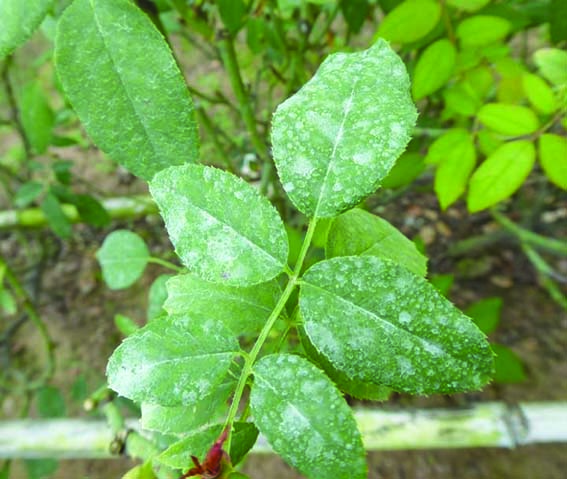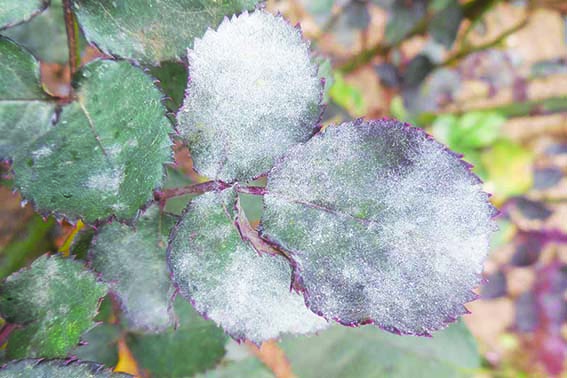
Sometimes products used for pest or disease management can end up injuring the crops they are meant to help. Learn how to recognize and prevent phytotoxicity from pesticide applications.
Phytotoxicity can be caused by things like pesticides, air pollutants, fertilizers, or other chemicals.
Phytotoxicity from pesticide applications can occur as a result of direct application as a foliar spray or drench or as a result of off-target application or drift. Phytotoxicity can also sometimes occur from pesticide application to stressed plants or in certain environmental conditions.
If a bud or unexpanded leaf is injured the injury may take time to become evident, since the distortion will only be seen once the leaf develops. Any injury will remain and the tissue will not recover, however in most cases the plant will outgrow the injury with the new growth appearing healthy.
How recognize phytotoxicity from pesticide application:
Phytotoxicity can appear as a variety of symptoms ranging from subtle to obvious, and can include necrotic flecks, spots or patches, leaf edge burn, discoloration, chlorosis, bleaching, distorted growth, leaf or flower drop, stunt, or even death of growing points.
Sometimes you may see necrotic spotting or flecking in patterns showing where the spray application had accumulated and sometimes you may see a pattern where upper leaves protected lower or interior leaves from the spray application.
You may see patterns within the crop or greenhouse to provide clues if the symptoms you are seeing are due to phytotoxicity from a pesticide application. Examples include: phytotoxicity from foliar sprays tend to be observed more along bench and row edges; sensitive crops underneath treated hanging baskets can be injured; and sensitive crops next to treated crops can show injury where there was pesticide drift or accidental misapplication.
Injury from phytotoxicity occurs over a short time period, related to the timing of pesticide application. Unlike a disease, phytotoxicity will not spread or develop over time. You will typically see symptoms on leaves of the same age or stage of development.

How to prevent phytotoxicity and the things to consider:
Always make sure to carefully read the pesticide label for all information about plant safety and application instructions, including information about what plants on which the product is or is not safe to use, mixing instructions,
recommendations about the timing of applications and environmental conditions for application. Follow the label instructions and precautions.
When you are using a new product or tank mix on a crop, especially if not listed on the label, you should test a few plants first before treating your whole crop. Be sure to leave a few plants of the same crop untreated for comparison (plants that are otherwise treated the same; are the same cultivar, size, and plant date). After treating the plants, hold and monitor for at least 7-10 days for symptoms of phytotoxicity. However, be aware that some sensitive plants may not show injury after a single application but may after repeated or multiple applications.
Know that it is possible for differences in cultivar response, meaning that one cultivar could be more sensitive to a product while other cultivars may be less sensitive.
Also know that in some cases phytotoxicity might occur only on certain plant tissue or stages of development. For example, a pesticide may cause injury on flower or poinsettia bracts but not leaves, or plants may be sensitive soon after transplant but not after they are well rooted. Young plants and new growth tend to be more sensitive to injury.
Stresses such as drought and environmental conditions (extreme temperatures, humidity, light) can predispose a plant to phytotoxicity from pesticide applications. Avoid applying pesticides during extreme conditions and in conditions that prolong the drying of the treated leaves after application. The addition of spreaders, stickers, or wetting agents may cause or contribute to phytotoxicity. As mentioned above, read labels carefully.
If you see symptoms of what you think might be phytotoxicity from a pesticide application, review the history of the crop as well as adjacent crops for clues. Consider what applications were made, when applications were made, what the conditions during and after application were, what products were used, and when symptoms were observed.
